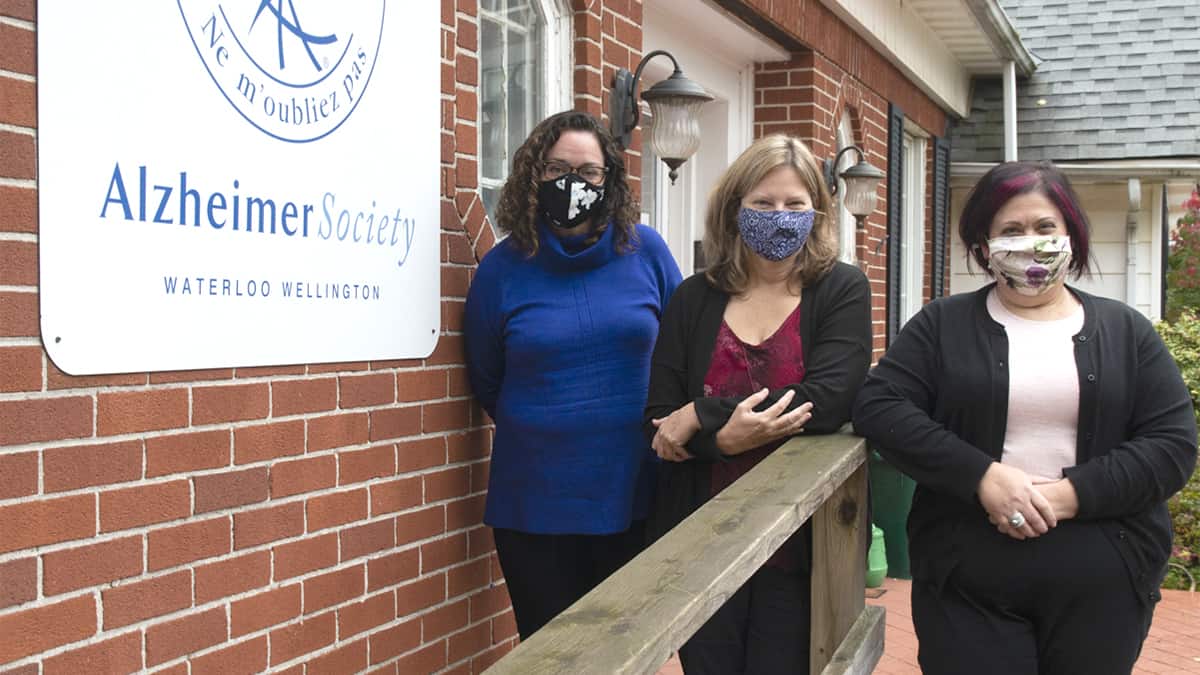Health officials are calling on the public to be vaccinated for the seasonal flu as part of the fight against COVID-19. People have responded in kind, driving demand even as supplies have lagged and new procedures are rolled out – there are no walk-in options, for instance.
“Demand this year is really unprecedented,” said Kristy Wright, manager of the infectious disease unit from Region of Waterloo Public Health, noting appointments at flu clinics have been booked up in record time.
This year public health is relying heavily on community partners to distribute doses of the vaccine.
“Pharmacies and health care partners especially are the biggest access points for influenza vaccine. So, our local pharmacies, also in our rural regions, family physicians, and other health care partners who provide vaccine are key in making sure that we have good access across the region,” said Wright.
“We definitely want to be protecting those with underlying conditions and those who are vulnerable to illness and complications related to both.”
The provincial Ministry of Health reports approximately 45 per cent of adults between the ages of 18 and 64 received a flu vaccine during the 2018/2019 season, with some out 70 per cent of seniors (65+) joining in.
Other priority groups described by the National Advisory Committee on Immunization are broken down into two groups by risk factors: those possibly requiring hospitalization and individuals capable of transmitting to those vulnerable individuals, a list that includes all pregnant women, the residence of nursing homes and long term care facilities, children six-59 months of age.
Health officials want to see higher participation rates this year, especially among the most vulnerable groups such as long-term care residents, as a way to protect against a double-whammy caused by the COVID-19 pandemic. Moving into flu season, there’s a greater risk of the healthcare system being overwhelmed.
“It’s important to get the flu shot every year. With COVID-19 also circulating in the community, this year it’s particularly important so that we don’t place any excess burden on our healthcare system… and also to protect those most vulnerable in our community,” said Wright.
Public health measures put in place to slow the spread of the novel coronavirus could also help decrease the severity of flu season.
“There’s definitely the potential for [those precautions] to help. We’ve seen that in other areas of the world who’ve already had their influenza season or who are experiencing it right now. Australia is a good example of that – they had very few numbers of influenza cases,” she added.
“Part of the reason they thought that happened was because of the COVID measures that were put in place, which can decrease transmission really of all respiratory viruses, not just COVID-19.”
With those results in mind, health officials are looking to increase numbers above the four in 10 Canadians who got a flu shot in 2018-19
Wright said she expects to see more people get vaccinated locally and across the province.
In Ontario, the provincial government ordered a record-breaking 5.1 million vaccines for this year to help combat the virus. Still, flu shots are not as easily available as they have been in past years.
Dr. Hsiu-Li Wang, medical officer of health for Waterloo Region, said this week that the shortage being experienced is commonplace province-wide and nothing can be done to expedite the process.
“This is a phenomenon being experienced across the province, and we’re continuing to keep the province informed about the demand in our area – they are well aware. We understand they’re doing their best to try to accommodate that as much as possible, but it is provided to the areas in a proportional way.”
With the staggered supply coming down the road, the public health department encourages people to book their vaccination as slots open or seek immunization from healthcare partners in the region.









